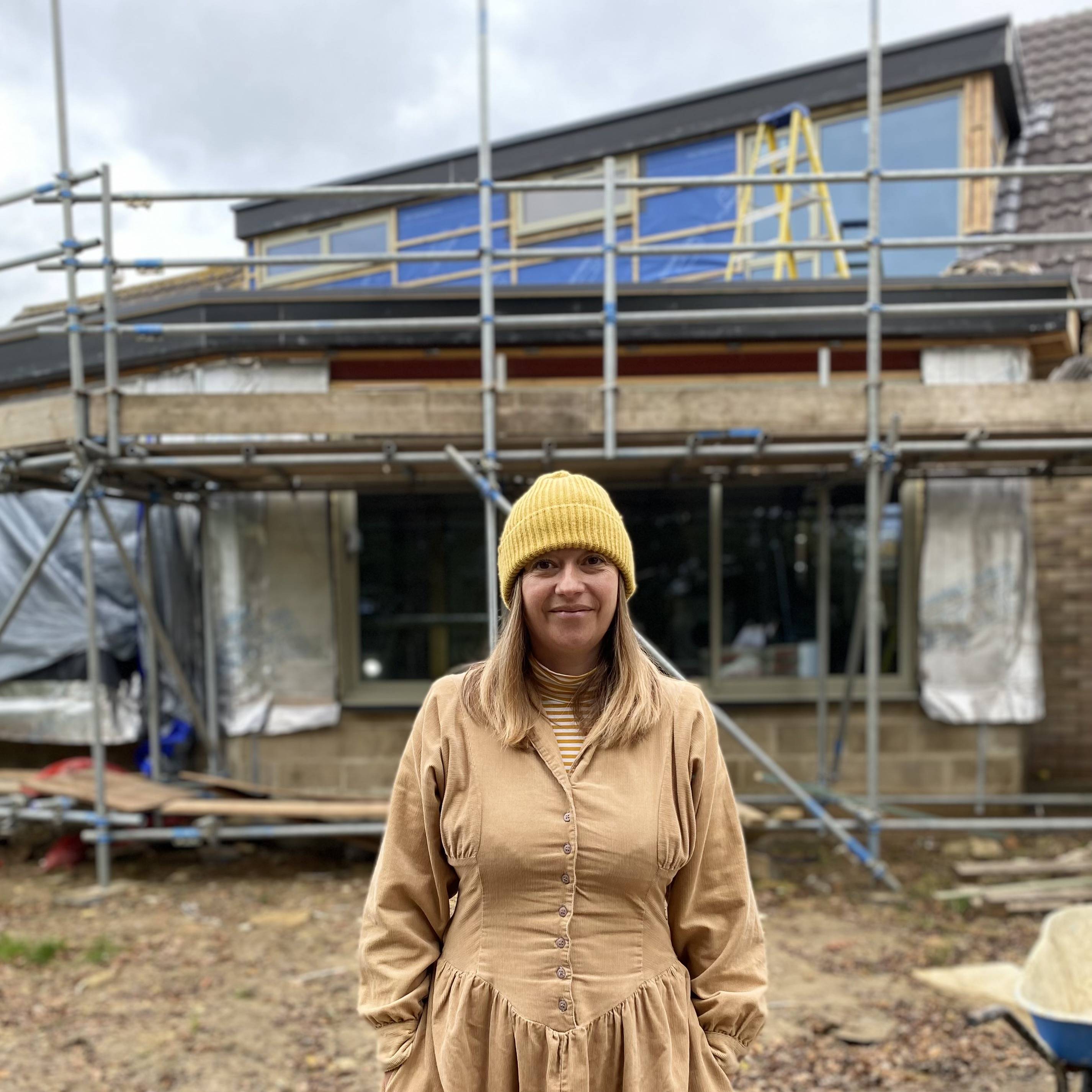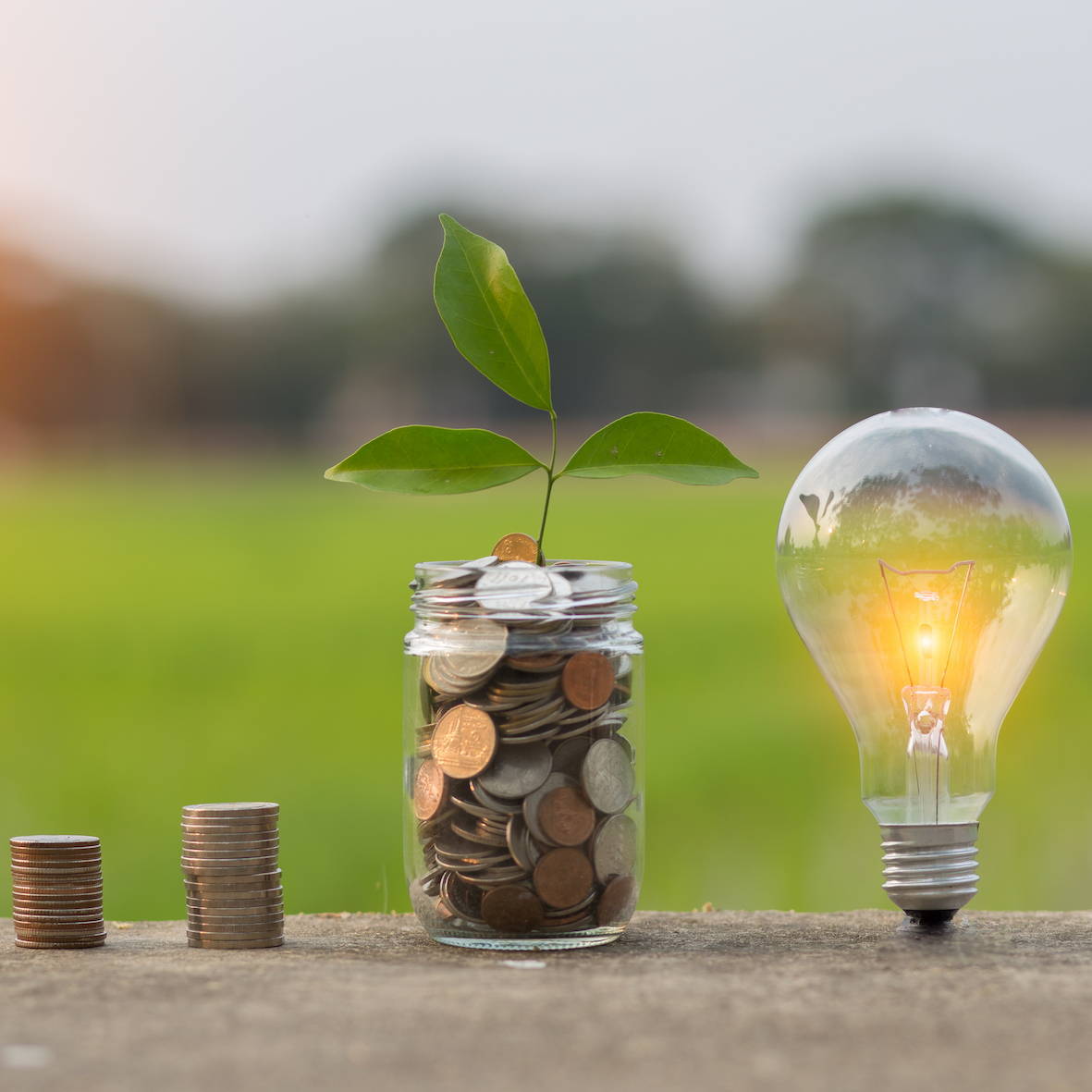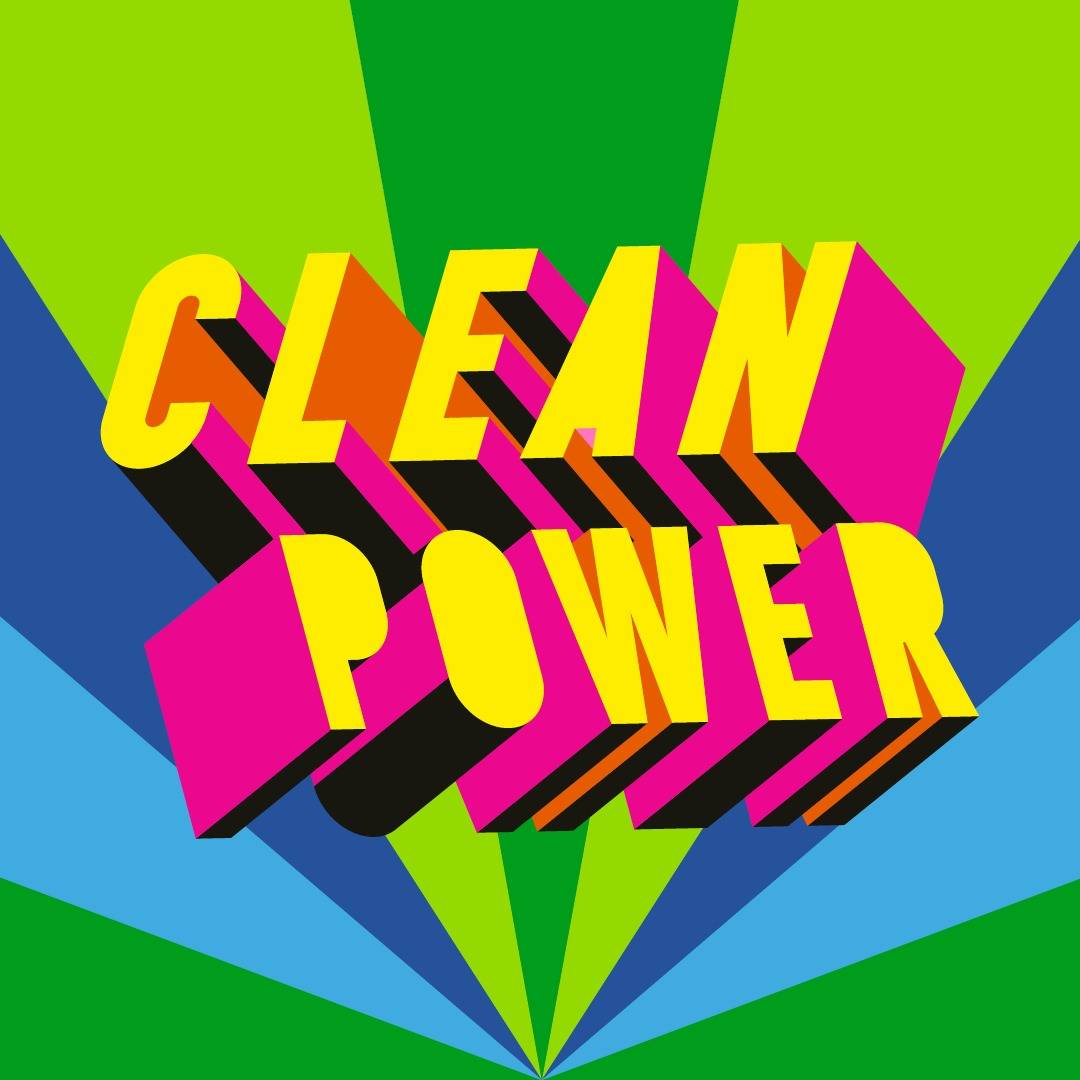
Goal 7: Affordable and Clean Energy
My Quest For A Clean Powered Home
#TOGETHERBAND’s Hannah Rochell was on a mission to make her house as green as possible. But did she manage it with no government grants to help?
By hannah rochell
11 november 2021
Two years ago my husband and I moved from our London Victorian terrace to a 1970s chalet bungalow on the Isle of Wight. Although it is set in a garden big enough for us to follow our grow-your-own dreams, the house itself needed a lot of TLC, having remained virtually untouched (and uninsulated) since it was built. The positive for us - a sustainably-minded couple - is that our house isn’t connected to a gas supply, so I was excited at the opportunity to make our home as green as possible without directly using a fossil fuel to heat it, as well as exploring the possibility of generating our own electricity. The ancient storage and electric heaters didn’t cut the mustard, especially since the house was so badly insulated; our first winter, when we were also locked down due to the COVID-19 pandemic, involved a lot of blankets. Our bungalow had to have a complete renovation, so we set about researching how we could best power our new home while making as little impact on the planet as possible.
Unfortunately, that wasn’t as straightforward as it might sound. There’s no getting around the fact that the installation of green alternatives is expensive upfront. At the time of writing this (and also of our renovation), there are no grants in the UK to install solar panels or domestic wind turbines (the government’s Green Homes Grant, which we had planned to apply for, was scrapped in March after just six months).
Nevertheless, we were determined to do the best that we could within our budget, and here’s what we learnt.
Start with insulation
According to the Energy Saving Trust, a third of all heat lost in a home escapes through the walls. Houses older than around 30 years may not have any insulation at all; houses built after the 1920s - like ours - tend to have cavity walls which are easy to add insulation to (so you don’t need to be doing building work to install it), and you should be able to make back the costs of the installation within about five years through the savings you will make on your energy bills. For example, an average semi-detached house in England, Scotland or Wales would save around £155 on annual energy bills as well as preventing 660kg of CO2 from entering the atmosphere every year.
If you’re doing up an older house with solid walls, you have the ideal opportunity to add efficient insulation while you’re doing the building work. It does cost more than cavity wall insulation, but since a quarter of heat lost in an uninsulated house goes through the roof, you could think about starting somewhere specific like the loft. We did this with our Victorian house in London and that, combined with installing double glazing, meant we noticed a massive difference in the efficiency of our heating. You may be eligible for a grant to do this - find out here.
Are solar panels worth it?
The Isle of Wight is, apparently, the sunniest place in Britain, so it was a no brainer that our initial plans involved solar panels. One of our neighbours also has a wind turbine, which I loved the idea of, but our budget didn’t stretch to that and solar panels are a more efficient way of generating domestic electricity (there’s a reason wind farms are in windy places! More on that later).
Solar panels are an expensive outlay - one that we ran out of money to be able to afford right now - and it does take a long time to recoup your investment, so it’s most effective to install solar panels if you plan to live in the same house for a long time. You can also apply for a Smart Export Guarantee - or SEG - which means you’ll get paid for any energy that you don’t use and it gets pumped back into the grid. On average, in the UK, if you have SEG payments you can expect to make your money back in around 16-22 years. We’re not planning on moving any time soon, so we’re going to save up and revisit this idea as soon as we can.
What if I could buy just a bit of a wind farm?
Most people, unlike our neighbour, won’t be able to get their own wind turbine, but what if you could buy part of a wind farm instead? That’s exactly the idea behind Ripple Energy. By securing your own bit of a farm in a windy part of the world (in this case, Scotland), you can get your share of your wind-generated energy at a much lower price. Right now, we can reserve our spot by paying £25, and in January we will be able to choose how many watts we want to buy to help power our house. This will be a brilliant complementary feature to the solar panels (or even an alternative).
Sign up to Ripple Energy
What are heat pumps anyway?
We’d heard a lot about heat pumps, and would have loved to install one, but again, the costs were prohibitive and we couldn’t afford to do it. But if you have the budget (and the space), heat pumps look like they will be the gas central heating of the future. They work by drawing heat from either the air or the earth (the latter requires more space, so only works if you have a big garden), transferring it to a liquid, and compressing it to heat the temperature further. Then the heat is transferred from the liquid to water, and pumped around your home to keep rooms at a stable temperature. Heat pumps run on electricity, so if you get yours from a renewable source or a green tariff, it’s a really sustainable way to heat your home. They also come with the added bonus of being able to cool it, too, so if we experience more heat waves with climate change, you’ll be able to regulate the temperature of your house without installing air conditioning, which is definitely not a good option for the environment.
Although the price wasn’t right for us right now, Octopus Energy reckons it can get the cost of heat pumps down in the next couple of years from anywhere between £6,000 and £10,000, to an average of £5,500 - still nearly five times the price of a gas boiler but around the same cost to run once it is installed.
The Clean Heat Grant
It’s expected that in the next 15-20 years, 80% of the UK will have to switch to a new heating system if we are to meet our target of reaching net zero carbon emissions by 2050 (or, preferably, earlier). The UK government has recently announced its proposed Clean Heat Grant; it will offer a £5,000 grant to switch from a gas boiler to a heat pump. As we don’t have a gas boiler in the first place, we won’t qualify for this grant, which is what makes it even more infuriating that the original Green Homes Grant has been scrapped, because it covered other renewable energy solutions.
But that’s not where the frustration ends, because this scheme only has a budget to incentivise just 30,000 gas boiler owners to switch per year for three years when there are actually 29 million of them in the UK. It has received strong criticism from campaign groups including Friends of the Earth and Greenpeace.
So what did we do to stay as green as possible?
My dreams of going off grid were dashed by financial constraints (it turned out that our house is built on the worst clay any of the builders had ever encountered and making the foundations sound ate into our solar panels budget considerably - in fact, it ate all of it). But there are plenty of less expensive things we are incorporating into our build to make our house more efficient.
1. We improved the insulation - not only will this give us the opportunity to heat the house more efficiently, but it also means that my clothes will last longer. Why? The built-in wardrobes lined an external wall and their replacement, when we build it, still will; it wasn’t until we moved out for the build that I realised everything smelled damp and my clothes would have slowly rotted away. The added insulation will keep the damp cold air out and my clothes smelling fresh.
2. All of our windows needed replacing - including the condensation-inducing patio doors which turned the walls black - so we made sure they were double glazed. We also changed the design of some of the windows to allow more air to travel through them and cool the house in the summer. Chalet bungalow bedrooms can get VERY hot and if we can avoid plugging in a fan over the summer months, we will.
3. We get our electricity supply from a renewable supplier to power our appliances and also our new electric boiler which has replaced the inefficient plug-in heaters. We switched before 2021’s unprecedented energy crisis; it’s not currently recommended to switch your energy provider until the market stabilises. But when it does, changing to a renewable energy supplier is one of the easiest things you can do.
4. We turned a cash-hungry problem into a sustainable solution - our clay soil meant we couldn’t improve our existing ancient soakaway, but by installing a water tank to store our rain water, we can use it to water the garden and also help to prevent flash flooding as we experience more frequent extreme weather conditions (we flooded three times over the summer). We also plan to eventually install a living roof to help with drainage.
5. We avoided any energy-hungry appliances completely (no tumble drier; no fridge with ice-making facilities), kept existing ones (our inherited washing machine was one of the only new things in the house when we moved in) and anything new was an efficient option, like our induction hob.
100% of profits from the sales of #TOGETHER products go to charities that advance the Sustainable Development Goals. Find out more here.

